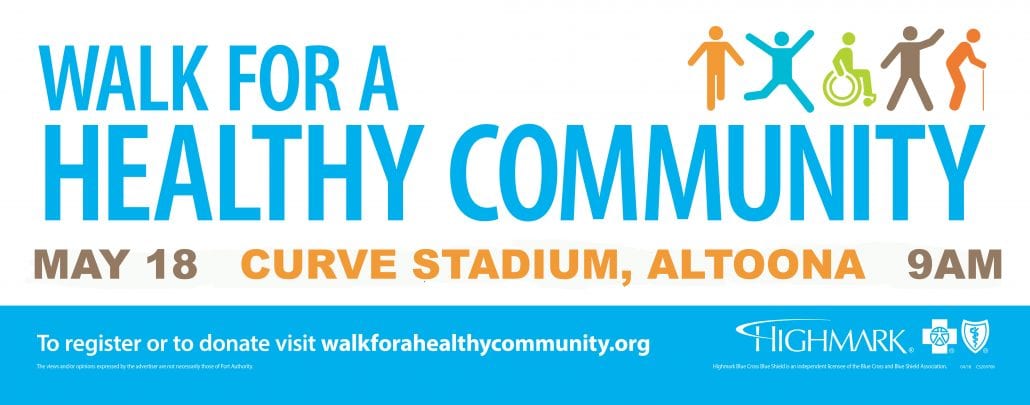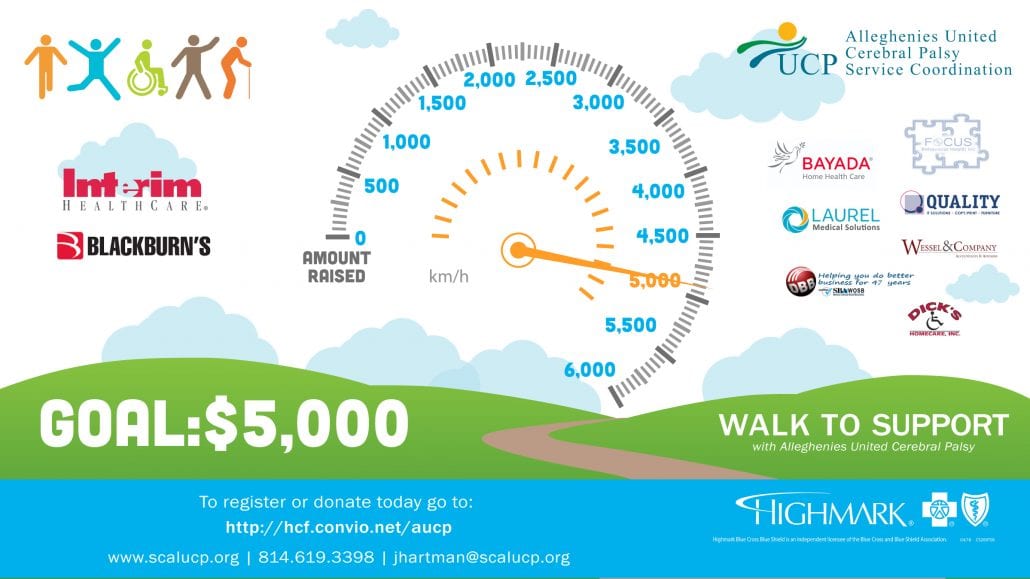Summer is coming! It’s that time of year when many people spend more time outdoors and that means more exposure to ultraviolet (UV) rays from the sun. Skin Cancer Prevention Month helps raise awareness about the dangers of unprotected skin exposure and the importance of practicing sun protection to help prevent skin cancer. Without protection, the sun’s UV rays can damage your skin in as little as 15 minutes. Skin damage, such as sunburns and tanning, can increase your risk of skin cancer. Damage to your skin from exposure to UV rays adds up over time, so starting sun protection at an early age is important. If you haven’t included sun protection in your daily routine, it’s not too late to start. As you prepare for the upcoming summer holidays, make sure sun protection is included so that you can enjoy outdoor activities safely. Learn more about protecting your skin this summer and beyond.
Nearly 5 million people are treated for skin cancer each year in the United States. Skin cancer can be serious, expensive, and sometimes even deadly. Fortunately, most skin cancers can be prevented.
Stay Sun Safe Outdoors
- Seek shade, especially during midday hours. This includes 10 am to 4 pm, March through October, and 9 am to 3 pm, November through February. Umbrellas, trees, or other shelters can provide relief from the sun.
- Be extra careful around surfaces that reflect the sun’s rays, like snow, sand, water, and concrete.
- Wear sun protection gear like a hat with a wide brim and sunglasses to protect your face and eyes.
- Sunglasses protect your eyes from UV rays and reduce the risk of cataracts and other eye problems. Wrap-around sunglasses that block both UVA and UVB rays offer the best protection by blocking UV rays from the side.
- Wear a long-sleeved shirt and pants or a long skirt for additional protection when possible. If that’s not practical, try wearing a T-shirt or a beach cover-up.
- Apply a thick layer of broad spectrum sun-screen with an SPF of 15 or higher at least 15 minutes before going outside, even on cloudy or overcast days. Reapply sunscreen at least every 2 hours and after swimming, sweating, or toweling off.
UV rays are strongest :
- During midday
- Near the equator
- During summer months
- At high altitudes
Remember that sunburns and skin damage can occur even on cloudy or overcast days. If you’re unsure about the sun’s intensity in your area, check the daily UV Index for your zip code on the US Environmental Protection Agency’s website.
Indoor Tanning and Sunbathing
Indoor tanning and sunbathing often begin in the teen years and continue into adulthood. Don’t wait to teach your children about the dangers of tanning. Children may be more receptive than teens, so start the conversation early, before they start sunbathing or indoor tanning.
For example, you can:
- Help preteens and teens understand the dangers of tanning so they can make healthy choices.
- Talk about avoiding tanning, especially before special events like homecoming, prom, or spring break.
- Discourage tanning, even if it’s just before one event like prom. UV exposure adds up over time. Every time you tan, you increase your risk of getting skin cancer.
- Exposes users to intense levels of UV rays, a known cause of cancer.
- Does not offer protection against future sunburns. A “base tan” is actually a sign of skin damage.
- Can spread germs that can cause serious skin infections.
- Can lead to serious injury. Indoor tanning accidents and burns send more than 3,000 people to the emergency room each year.
The US Food and Drug Administration states that indoor tanning should not be used by anyone younger than age 18. Many states restrict the use of indoor tanning by minors.
There’s no such thing as a safe tan!
Choose Sun-Safety Strategies that Work
Broad spectrum sunscreen with an SPF of 15 or higher is important, but it shouldn’t be your only defense against the sun. For the best protection, use shade, clothing, a hat with a wide brim, and sunglasses, as well as sunscreen.
For more information, visit CDC’s Sun Safety Website
To view a PDF version of this article, click here.
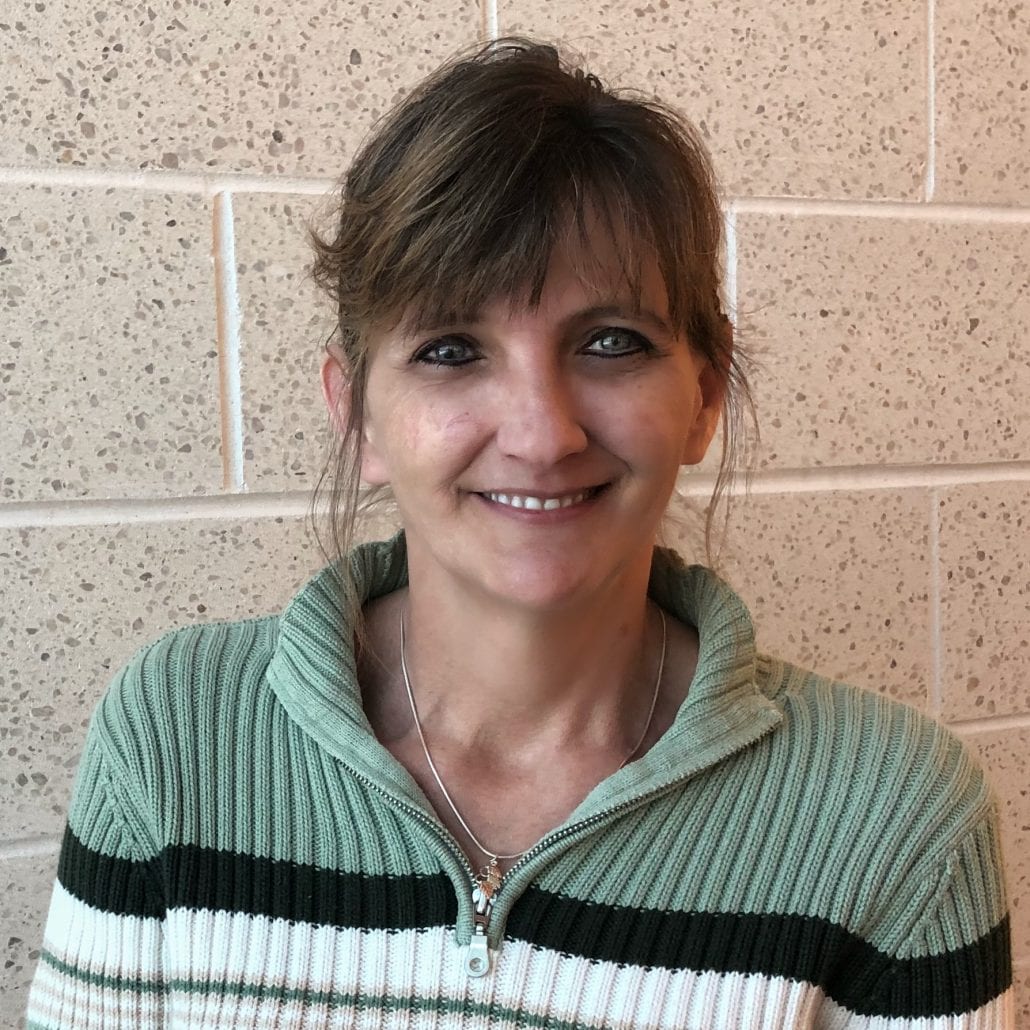

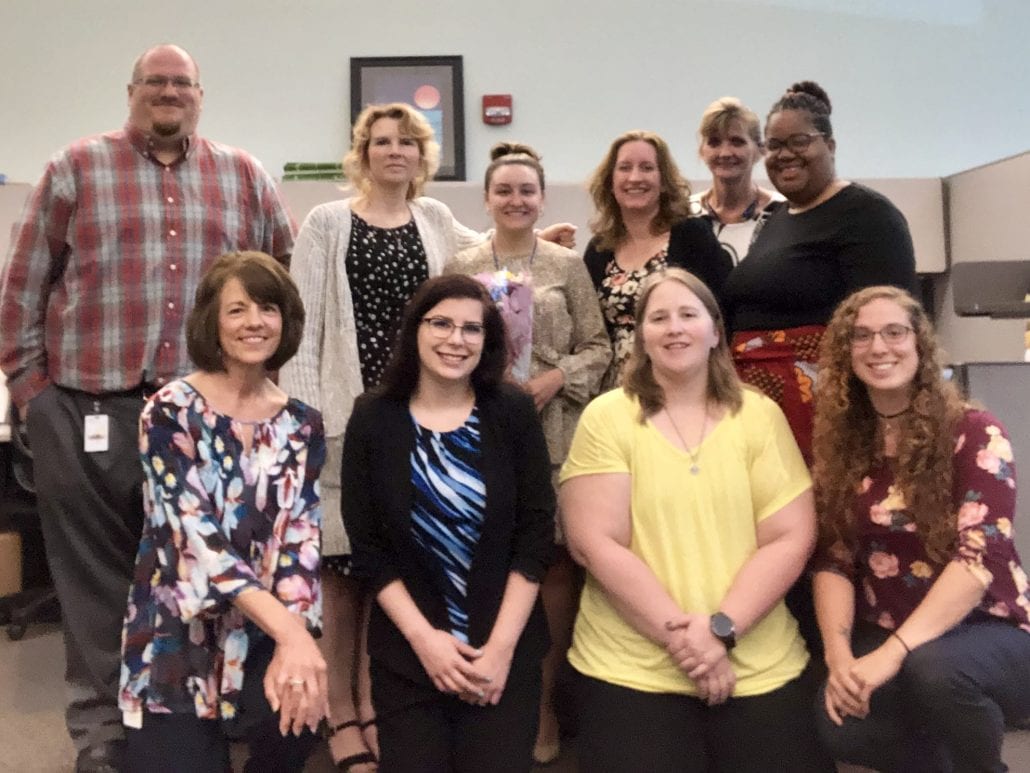
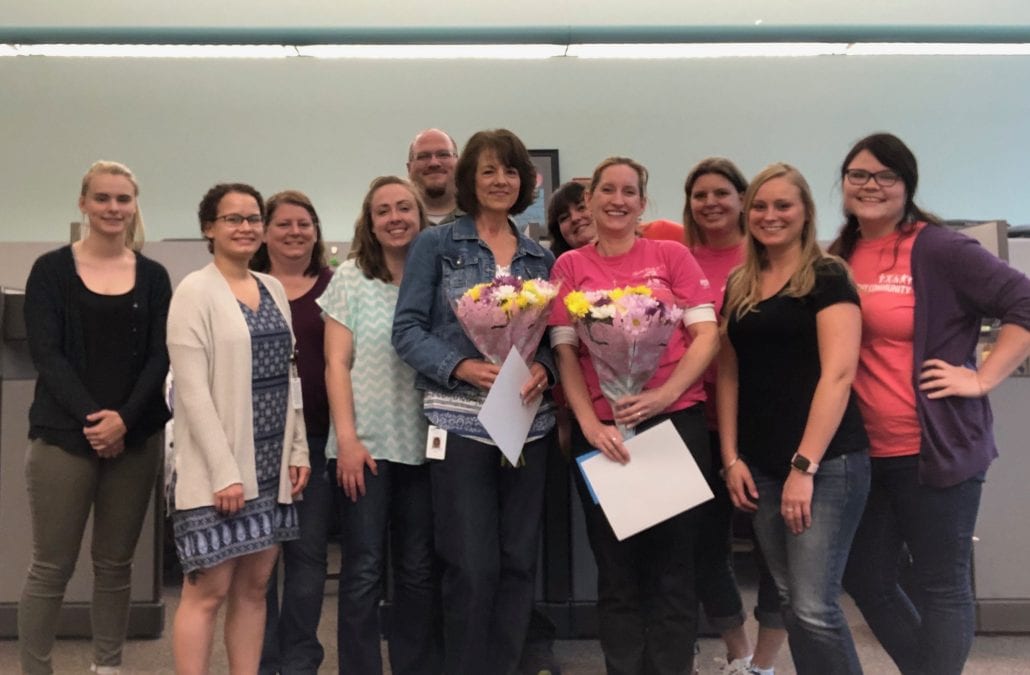
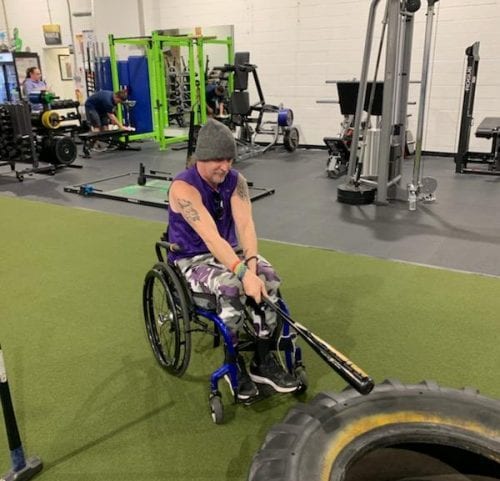 Kenneth “Kenny” Dyer, a 53 year-old, father of three, from the South Hills of Pittsburgh lived his life without expecting to one day be diagnosed with Multiple Sclerosis (MS), “an unpredictable, often disabling disease of the central nervous system that disrupts the flow of information within the brain, and between the brain and body.” However, you could ask ten different people living with MS about how it is affecting their lives and you would get ten different stories.
Kenneth “Kenny” Dyer, a 53 year-old, father of three, from the South Hills of Pittsburgh lived his life without expecting to one day be diagnosed with Multiple Sclerosis (MS), “an unpredictable, often disabling disease of the central nervous system that disrupts the flow of information within the brain, and between the brain and body.” However, you could ask ten different people living with MS about how it is affecting their lives and you would get ten different stories.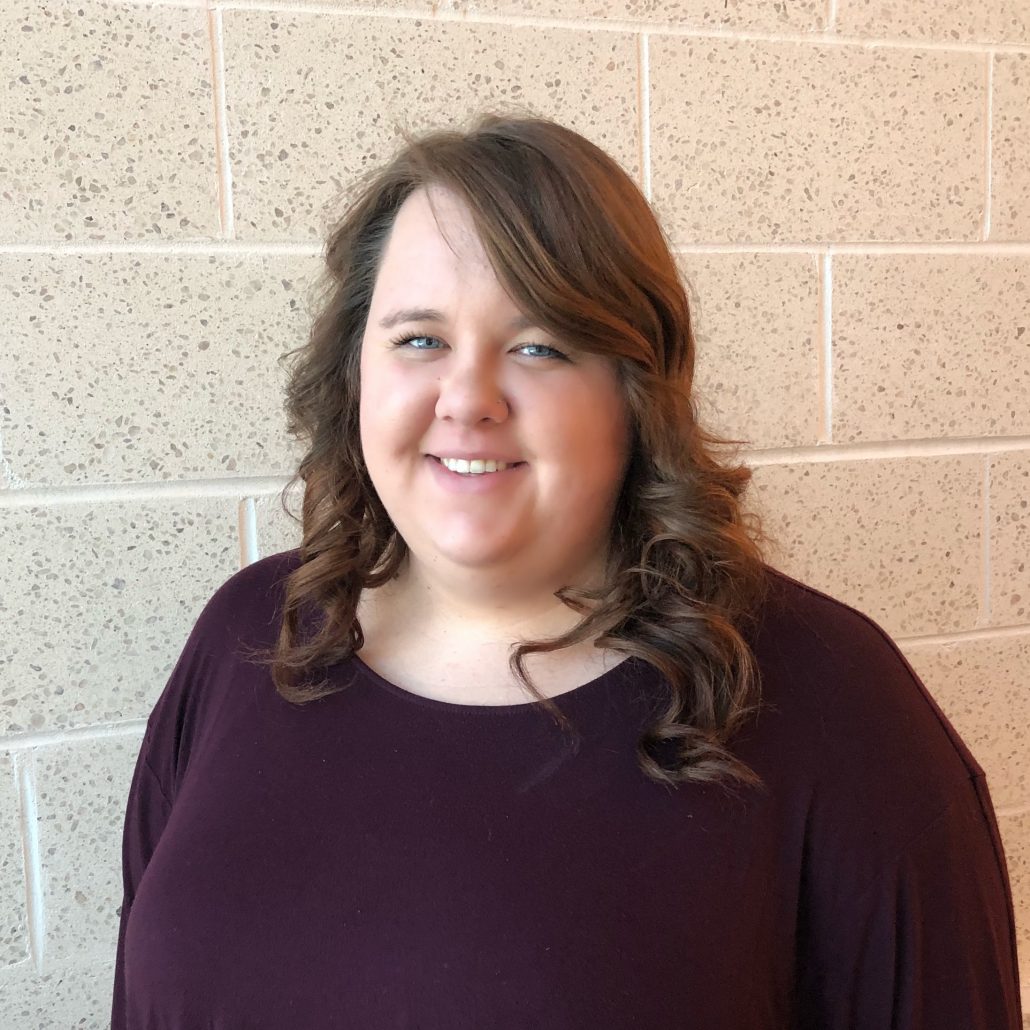 For the month of June, we would like to introduce you to Teil Uhring, a Service Coordinator out of our Pittsburgh office serving Allegheny County through UPMC Community HealthChoices. Teil graduated from Clarion University with her B.S. in Rehabilitative Sciences, is currently working towards her M.S. in Clinical Counseling, and hopes to one day obtain a Ph. D. When she is not busy with work and school, Teil enjoys reading, cooking, and being outside as much as possible.
For the month of June, we would like to introduce you to Teil Uhring, a Service Coordinator out of our Pittsburgh office serving Allegheny County through UPMC Community HealthChoices. Teil graduated from Clarion University with her B.S. in Rehabilitative Sciences, is currently working towards her M.S. in Clinical Counseling, and hopes to one day obtain a Ph. D. When she is not busy with work and school, Teil enjoys reading, cooking, and being outside as much as possible.